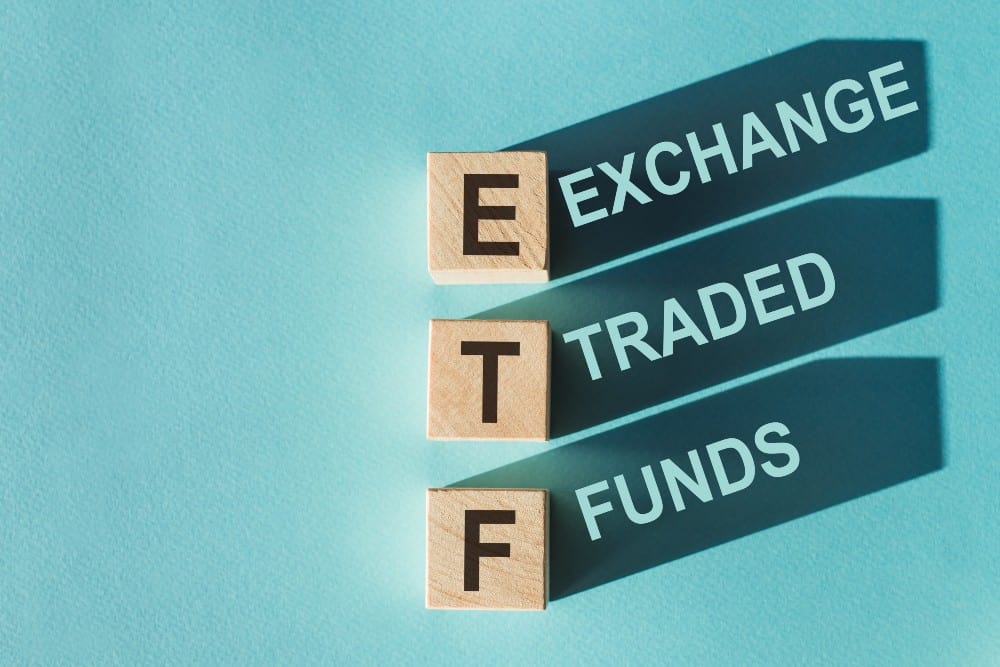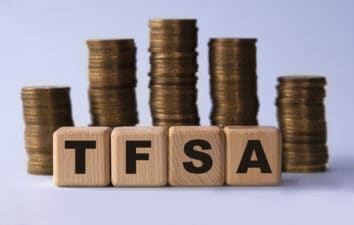It’s easier to hold an investment portfolio for the long term if that portfolio provides regular passive-income streams, even through tough economic times. Dividends empower you to buy the dips, and I absolutely love passive dividend income.
The market has been extremely volatile so far in 2025. Tariffs and counter-tariffs have rocked investor portfolios. However, the Canadian market has performed much better, with the TSX down only 2.7% year to date during a time when larger market indices like the S&P 500 and NASDAQ-100 have lost 10.1% and 15.7% in value. During choppy times like these, investors can still sleep well at night when they continue to earn steady dividend cash flows while patiently waiting for markets to recover.
With $12,000 in new capital to invest in 2025, I wouldn’t try to time the market to find the lowest entry points. Earlier attempts at market timing have failed consistently. Instead, I would invest the capital in these high-yield dividend exchange-traded funds (ETFs) that offer ready-made portfolios, wide diversification, low management fees, and professional management, all in one go.
iShares S&P/TSX Capped REIT Index
Real estate investment trusts (REITs) are a formidable asset class to consider for regular passive income, and iShares S&P/TSX Capped REIT Index ETF (TSX:XRE) gives investors exposure to a diversified portfolio of 16 professionally managed Canadian real estate investment trusts in one bundle. It’s the easiest way for retail investors to gain widely diversified exposure to high-quality Canadian real estate properties without the headaches of direct property ownership.
The portfolio is heavily weighted toward retail REITs (44.4%) and multi-family residential REITs (28.2%) — both defensive real estate categories during bouts of economic volatility.
With $1.4 billion in assets under management and a reasonable management expense ratio (MER) of 0.61%, investors may pay about $6.10 annually in investment expenses on every $1,000 invested. The high-dividend yield ETF is a cost-effective way to invest in retail, residential, premium office, and industrial properties through a single investment.
XRE pays monthly distributions with a yield of 5.5% annually and offers a distribution-reinvestment plan (DRIP) to compound your capital. While markets tumbled, this ETF has held steady with just a 2.4% year-to-date total return loss. I’d allocate $4,000 here.
iShares S&P/TSX Composite High Dividend Index ETF
iShares S&P/TSX Composite High Dividend Index ETF (TSX:XEI) lets you invest in the best dividend stocks within the S&P/TSX Composite Index through a low-cost setup. With an MER of just 0.22%, investors pay only $2.20 in annual expenses per $1,000 invested.
XEI holds 75 positions, offering wide diversification among Canada’s most established large companies. The portfolio is well-balanced across financials (30.4%), energy (29.4%), utilities (14.5%), and telecommunications (10%), providing excellent sector diversification.
The high-yield dividend ETF pays monthly dividends with a yield of 5.1%, making it perfect for those looking to replace monthly salary paychecks during retirement. The ETF also offers a DRIP option for smooth dividend reinvestment. My allocation is $4,000.
BMO Laddered Preferred Share Index ETF
Investment professionals at BMO Global Asset Management offer investors access to a medium-risk portfolio of 138 Canadian preferred share issues through BMO Laddered Preferred Share Index ETF (TSX:ZPR). With nearly $1.3 billion in net assets and an MER of 0.5%, the high-yield dividend ETF provides affordable exposure to a sub-asset class where liquidity can otherwise be challenging.
What makes this ETF special is the preferential treatment preferred shares receive among dividend-paying stocks. Companies must pay preferred shareholders first before considering dividends to common shareholders. This adds a layer of income security to your investment portfolio — if dividend cuts become necessary, common shares take the hit first.
The portfolio primarily consists of Canadian financial institutions’ offerings (49%) and energy companies (27%), with communications and utilities making up most of the remainder.
The ETF pays monthly dividends with a yield of 5.1%. I’d allocate my final $4,000 here.
Investor takeaway
In these uncertain times, focusing on reliable passive income through diversified, high-quality Canadian ETFs would give me both peace of mind and the financial cushion to weather market turbulence. With these three high-yield dividend ETFs, my $12,000 investment would generate approximately $630 in annual dividend income while positioning me for recovery when markets eventually turn around.









